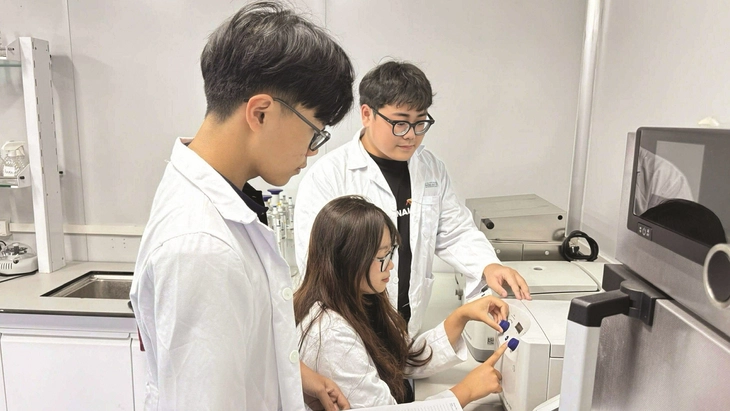
A group of students from the International School (Vietnam National University, Hanoi ) in the laboratory - Photo: NVCC
The coffee grounds battery is the product of a group of students from the International School (Hanoi National University). The product recently won the championship of the "Creative Ideas - Startup Istartup 2025" competition.
New ideas
Nguyen Anh Khoa - majoring in finance and accounting, project founder - said the research team found electrical energy in coffee grounds because they contain many carbon-rich organic compounds such as cellulose, hemicellulose and lignin.
However, to be used as electrode materials in bio-batteries or energy storage devices, coffee grounds need to be processed and converted into activated carbon materials.
These materials are good conductors of electricity and are environmentally friendly, making them suitable as a basis for electrode fabrication. "We based our work on the principle of bio-batteries, where microorganisms or enzymes decompose organic matter to generate electricity, and found that coffee grounds have potential as an input material for this process," Khoa said.
One of the prominent references is the work of a research team at the University of Indonesia led by Professor Anne Zulfia Syahrial. This team has succeeded in making lithium titanate oxide (LTO) batteries from a combination of activated carbon produced from coconut shells and graphite material obtained from coffee grounds.
Not only is this battery lighter – down from around 500kg to 200kg for electric cars – it also cuts the time to fully charge from 2 hours to just 30 minutes.
So the team got to work on the project. Student Nguyen Thi Minh Trang, majoring in finance and accounting, was in charge of product research and analysis. Trang explained that the project was implemented in a five-stage process from research to product operation.
Initially, the team conducted a survey of scientific documents on biomass batteries, collected and processed coffee grounds, and equipped with necessary equipment such as furnaces and grinders. Next, the team carried out the pyrolysis of coffee grounds to create biochar material, analyzed and optimized the structure and surface area to achieve the highest efficiency.
From this material, the team fabricated and tested electrodes, creating anodes to coat copper foil, ensuring conductivity and adhesion before assembling the battery to fully test the cathode, anode, electrolyte and separator components to evaluate capacity, cycle life, and charge-discharge performance.
At the end of the pilot phase, the team began expanding small-scale production and aiming to increase capacity, while developing products from other biomass sources besides coffee grounds.
"We have conducted some preliminary laboratory tests to measure the battery's performance. The results show that the battery can generate a stable voltage of nearly 3 volts under standard experimental conditions, enough to power small power electronic devices such as digital watches, sensors or STEM educational models," Trang said.
The page further explains the technology used by the group is MFC. In an environment containing coffee grounds, microorganisms decompose organic compounds and release electrons, creating an electric current as electrons move between two electrodes.
This "two-in-one" approach often reduces costs, utilizes agricultural waste, and contributes to reducing environmental pollution, opening up a new direction for renewable energy in Vietnam with clear technological, economic and social values.
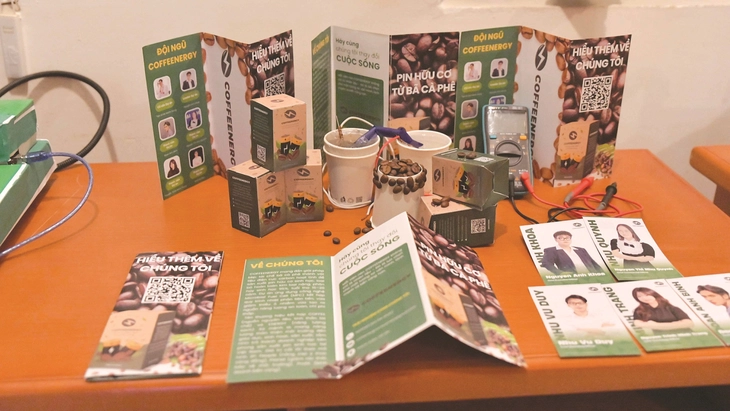
Battery products from coffee grounds by the research team - Photo: NVCC
When "non-industry" people do research
Most of the members of the research team are from economics, business administration, marketing… not from engineering.
Like student Doan Anh Binh - majoring in management - is in charge of operating and analyzing the project. Binh said that most of the students come from the economic - financial sector, but from the beginning when starting the project, they determined that this was a science - technology project, so they proactively studied the basic principles of chemistry and electrochemistry, and at the same time connected and consulted with teachers and seniors in engineering and materials to ensure accuracy in each step of the research.
At first, the group also encountered many difficulties, especially when having to read specialized documents in English or deeply understand electrode structures and biological reactions. However, thanks to dividing into small parts, self-studying through open science sources and being guided by lecturers, the students gradually understood better and were able to design their own initial experimental models.
"Actually, because we are economists, we have an advantage in thinking about feasibility analysis, markets and commercialization models. As for engineering, we see it as an opportunity to expand our capacity and connect with engineering students in future projects," Binh said.
In addition, Nhu Vu Duy - an international business major in charge of marketing the project - said that the group has proactively cooperated with research units in Hanoi National University to verify and enhance the reliability of the project results.
Specifically, the process of material analysis and testing of the electrical conductivity of activated carbon electrodes was carried out at the laboratory of the International School and some specialized labs of the University of Natural Sciences.
The team also received professional support from lecturers and experts in the field of materials and renewable energy to ensure that the test results are scientifically based and comply with research procedures.
"Currently, the tests are only at the laboratory scale, including measuring voltage, energy density and biodegradability. In the coming period, we plan to continue to coordinate with key laboratories of the National University for more in-depth testing, thereby standardizing data and aiming for international standards to serve product commercialization," said student Nguyen Anh Khoa.
Green living message
According to the student group, the project has many meanings about green living. Student Nguyen Thi Nhu Quynh - majoring in international business, financial management and analysis - said the group hopes that readers will feel a deeper spirit of living in harmony with nature, knowing how to appreciate and regenerate what seems to be discarded.
"A spoonful of coffee grounds is not just left after a cup of morning coffee, but can become an energy cell that contributes to operating electric vehicles, household appliances, or even a green city in the future. This is the philosophy of circulation and responsibility of each individual and each business that can turn small things into big changes for the community and the Earth," Quynh said.
Lots of potential
Dr. Ha Manh Hung - Deputy Head of the Faculty of Applied Sciences, International School, and the group's instructor - said that the idea of using coffee grounds to produce biological batteries is a relatively new research direction in Vietnam, with many implications for the environment and sustainable development.
He highly appreciated the learning spirit of the group of students, although they did not come from technical backgrounds, but they spent a lot of time researching, looking up specialized documents and proactively connecting with laboratories at Hanoi National University to complete the product.
According to Dr. Hung, although the product is currently only at the lab testing stage, initial results show encouraging development potential, especially if in the future the group receives additional investment to continue further research stages.
Source: https://tuoitre.vn/sinh-vien-lam-pin-tu-ba-ca-phe-20251015000709668.htm




![[Photo] Parade to celebrate the 50th anniversary of Laos' National Day](/_next/image?url=https%3A%2F%2Fvphoto.vietnam.vn%2Fthumb%2F1200x675%2Fvietnam%2Fresource%2FIMAGE%2F2025%2F12%2F02%2F1764691918289_ndo_br_0-jpg.webp&w=3840&q=75)


![[Photo] Worshiping the Tuyet Son statue - a nearly 400-year-old treasure at Keo Pagoda](/_next/image?url=https%3A%2F%2Fvphoto.vietnam.vn%2Fthumb%2F1200x675%2Fvietnam%2Fresource%2FIMAGE%2F2025%2F12%2F02%2F1764679323086_ndo_br_tempimageomw0hi-4884-jpg.webp&w=3840&q=75)


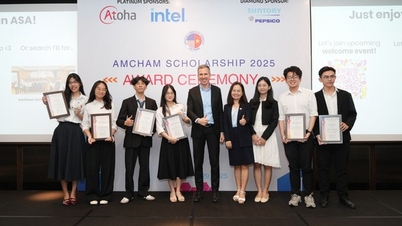


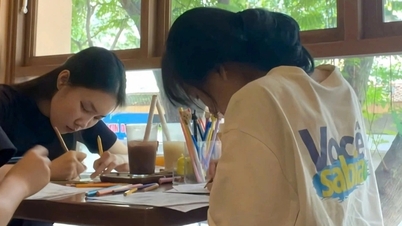






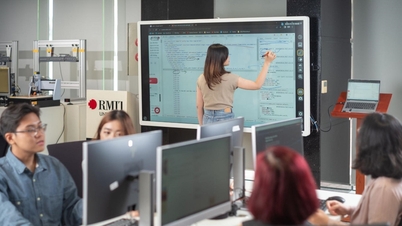


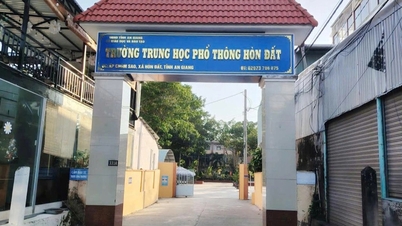


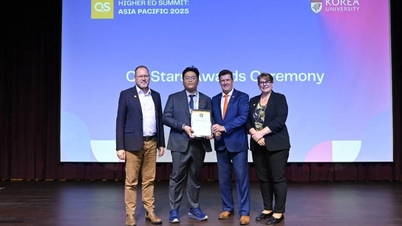






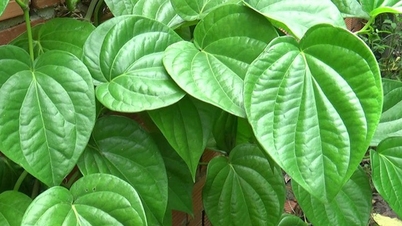

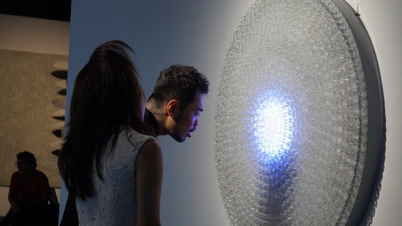


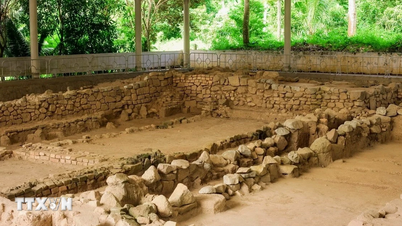

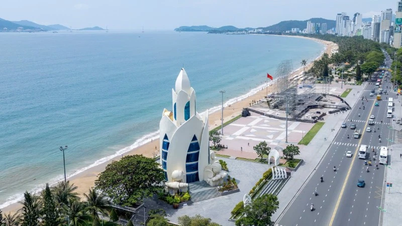

![[Video] Protecting World Heritage from Extreme Climate Change](https://vphoto.vietnam.vn/thumb/402x226/vietnam/resource/IMAGE/2025/12/03/1764721929017_dung00-57-35-42982still012-jpg.webp)
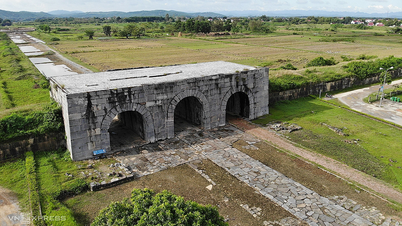





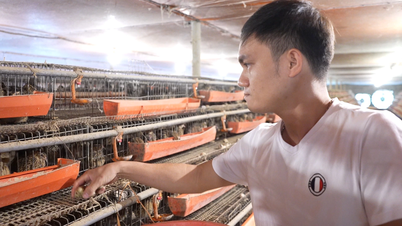

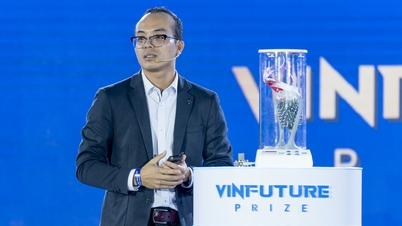
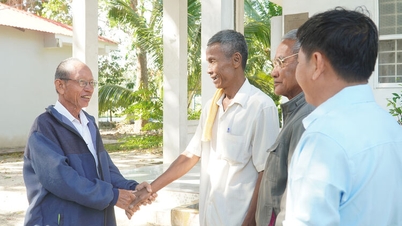

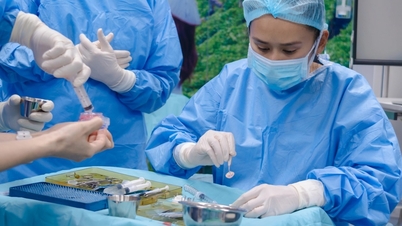
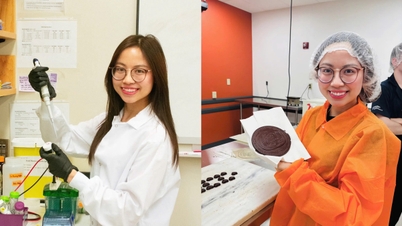




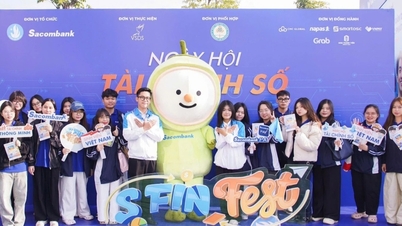














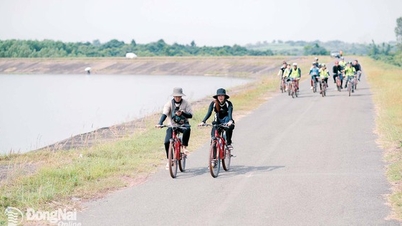

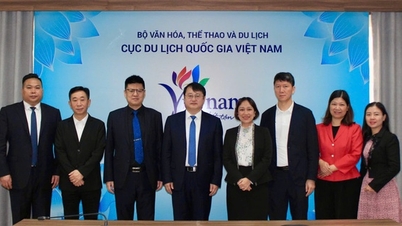
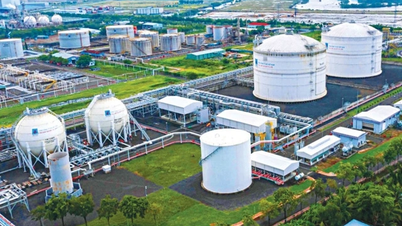
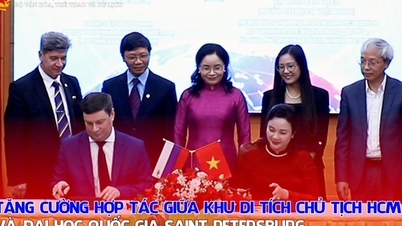
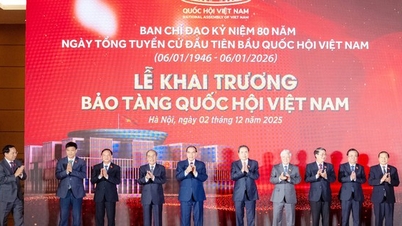



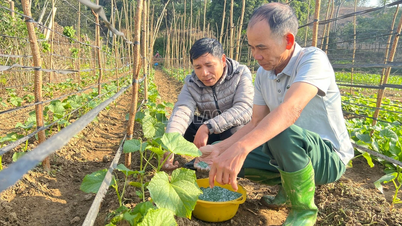

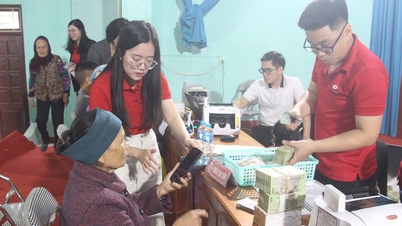

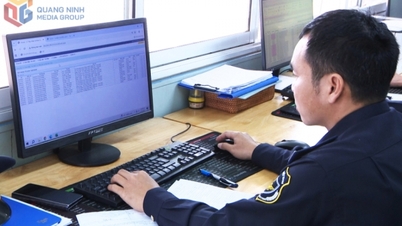

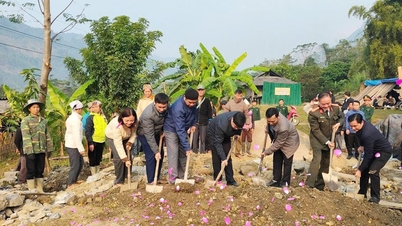














Comment (0)